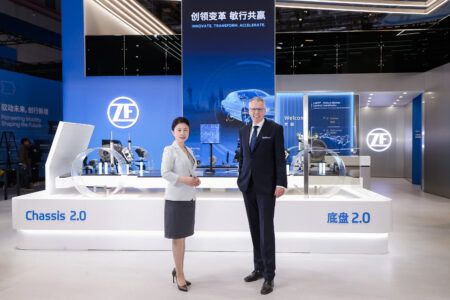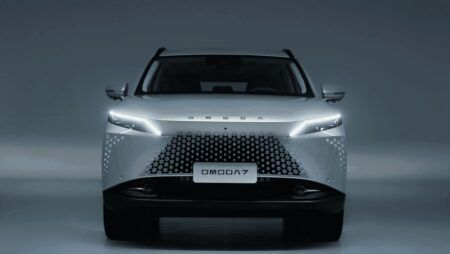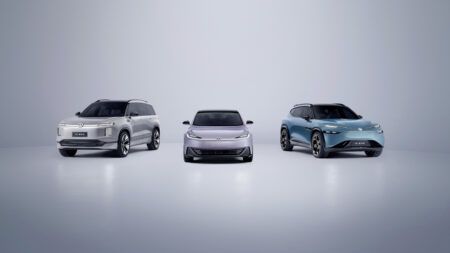Results of a global steel industry initiative aimed at developing the world’s first fully autonomous, electric vehicle body structure concept for ride sharing were unveiled today, highlighting key sustainability and performance achievements. The project, called Steel E-Motive, is the culmination of a three-year research program led by WorldAutoSteel and in partnership with global engineering firm Ricardo. Its objective was to create a fully autonomous ride sharing vehicle concept showcasing the strength and durability of steel with a critical focus on sustainability for reaching net zero emissions targets. The results are safe, comfortable, and affordable body structures that support automakers in the continued development of Mobility as a Service (MaaS) ride sharing models.
The program highlights two virtual concepts designed for 2030-35+ deployment: SEM1, a four-passenger urban transport, and SEM2, a six-passenger extra-urban commuter, both designed for level 5 autonomy with no steering or pedal box.
“The objective of Steel E-Motive was twofold,” said Cees ten Broek, Director, WorldAutoSteel. “One, as an industry, to create a solution that supports a sustainable, safe, and affordable future for urban mobility; and two, to showcase the role modern steel can play in making that future a reality. This project represents an important step forward for autonomous ride sharing and zero-emission transport, and truly demonstrates how working together as an industry yields important results.”
Steel E-Motive is the latest in a history of steel industry demonstrations over the past 25 years that showcases new AHSS applications for automotive structures. WorldAutoSteel, the automotive group of the World Steel Association, which comprises 18 global steel producers, led the project, working closely with Ricardo, who managed the overall engineering design, testing, and development.
“We’re extremely proud of our collaboration with WorldAutoSteel to help Steel E-Motive become a reality,” said Neil McGregor, Chief Engineer, Ricardo. “Our experts are working with global OEMs and Tier 1 suppliers to develop solutions for the future of clean and sustainable mobility. The impressive performance, safety, and lifecycle results of this program are validation that steel is infinitely tuneable, offering engineering and design flexibility that enables efficient and effective solutions. It has the potential to shape not only the future of Mobility as a Service, but how we design and utilize shared passenger transport in urban environments and city landscapes.”





